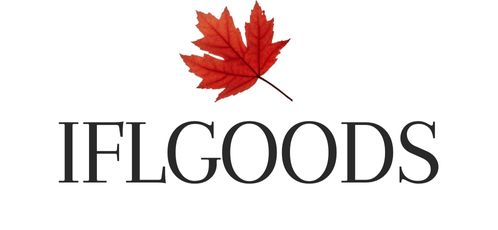From Sap to Syrup: A Sweet Journey Through Maple Magic
Sugarbush friends, gather 'round the sugar shack for a tale as sweet as the syrup we simmer! As your friendly neighborhood maple enthusiast (and yes, maybe someone who's gone a little overboard with the maple-glazed bacon!), I wanted to take you on a sticky adventure – how that golden goodness on your pancakes goes from tree to table. Buckle up, sugar lovers, because we're about to tap into the secrets behind this delicious treat!
The Sweet Gift of the Maple Tree
It all starts with the magnificent maple tree. During late winter and early spring, when frosty nights give way to sunny days, a magical transformation occurs. The trees awaken from their slumber, and their sap starts to flow. This sap is a sugary solution, nature's way of transporting nutrients throughout the tree. But for certain maple species, like sugar maple and red maple, it becomes the key ingredient for our favorite syrup.
Here's a fun fact, sugarbush friends: the ideal sugaring season relies on a bit of a temperature tug-of-war. We need freezing nights to trigger sap flow, followed by warm days that get the sap moving. It's a delicate balance, and after years of working the sugaring season, we at the Sugar Shack can practically predict the perfect timing based on the way the wind whispers through the maples.
Tapping into Tradition: A Timeless Ritual
Now comes the exciting part: tapping the trees! This is a process that's been around for centuries, with Indigenous communities playing a crucial role in its development. Traditionally, a small hole is drilled into the trunk, and a metal tap is inserted to collect the dripping sap. It might seem simple, but there's a knack to it. Tapping the right spot on a healthy branch ensures a good yield without harming the tree. In recent years, some sugarbushes have adopted vacuum systems to improve efficiency, but here at the Sugar Shack, we still rely on the time-tested methods passed down through generations. It's more than just tapping trees, it's a connection to our heritage, a tradition that warms us as much as the fires in the evaporator.
From Buckets to Tubes: Collecting Liquid Gold
Imagine walking through our maple forest dotted with buckets hanging from trees, each one catching the precious sap. That's the classic image of sap collection. Today, many producers use a network of tubing that connects taps to a central collection tank. This makes things a lot easier, especially in larger sugarbushes. But the basic principle remains the same – gathering the sweet liquid gold from the maple trees.
The amount of sap collected can vary depending on the weather, the health of the trees, and even the moon phase (yes, some folks swear by it!). But one thing's for sure: patience is key. It takes a lot of sap to make a little syrup, so sugarbush folks need to be prepared for some long days (and nights!) during peak season.
The Big Boil Down: Transforming Sap into Syrup
Now, the magic really happens! The collected sap is transported to the sugar shack, the heart of the maple syrup operation. This is where the transformation takes place. Here at the Sugar Shack, we have a large evaporator pan that sits over a roaring fire, fueled by wood from our own maple forest. The sap is poured into the pan and brought to a boil. But here's the catch: we're not just boiling water here. We need to remove a significant amount of water to concentrate the sugars and achieve that syrupy consistency.
This boiling process is where the long hours and close attention come in. Our sugar shack crew constantly monitors the temperature and adjusts the heat as needed. It's a delicate dance, because if the sap boils too quickly, it can burn and become unusable. The key is to achieve a slow and steady simmer, coaxing out the concentrated sweetness.
Grading the Goodness: Understanding Maple Magic
Not all maple syrups are created equal. Once the boiling process is complete, the syrup is graded based on its color, density, and flavor profile. Lighter colored syrups (Grade A Light) are delicate and sweet, perfect for drizzling over pancakes or waffles. As the boiling continues, the syrup gets darker (Grade A Amber, Grade A Dark) and develops a richer, more complex flavor, ideal for baking or using as a savory glaze.
The grading system ensures consistency for consumers, but it's also a testament to the skill of the sugar shack team. Bringing out the best flavors from the sap requires experience and a deep understanding of the boiling process. Here at the Sugar Shack, we take pride in our generations-old technique, passed down from sugar maker to sugar maker. It's about knowing the subtle signs in the bubbling syrup, the whispers of steam telling a story only experience can translate.
The Final Touches: Bottling the Sweet Reward
The almost-syrup is then filtered to remove any impurities, ensuring a smooth and clear final product. Finally, it's bottled and sterilized, ready to make its way to your kitchen pantry.
So, the next time you pour maple syrup over your pancakes, take a moment to appreciate the journey it's taken. From the whisper of the wind through the maples to the steady hand of the sugar shack crew, it's a story of nature's bounty, tradition, and a whole lot of sweet dedication. And who knows, maybe you'll even catch a whiff of woodsmoke and maple in your mind's nose, a memory of a visit to a sugar shack and the magic that happens there. Now, that's something to celebrate!

